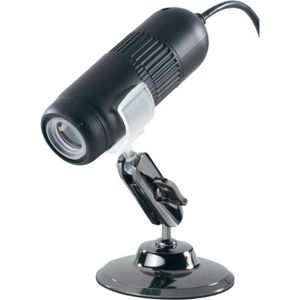

#Timetag for pc mac#
If you are not sure whether it is running on the Mac at that moment, you can check the Dock, right-click on the app if it appears at there, and select exit Several guides to uninstall TimeTag from Mac Traditional option – remove the application to the Trash

The program occupies a lot of space which affect the Mac's performance.The application itself encounters a problem which need to remove first.General reasons to uninstall TimeTag on Mac Therefore, it will bring some troubles when people need to uninstall TimeTag.

However, many people are not clear about these files, and some of these files cannot be found and removed smoothly especially for the basic Mac users.
#Timetag for pc install#
When install TimeTag on the Mac, it will also bring many of its supported files to the Mac, including application support files, preferences, caches etc. Hard to uninstall TimeTag from Mac? Don't know where the file is or where to start the removal? This post is all about the how-to guides to help you remove this program from Mac.
#Timetag for pc how to#
Consequently, the present typical or averaged period ratio might be highly overestimated.Uninstall TimeTag Guides – How to Remove TimeTag for Mac λ Tau, Ebbighausen and Struve 1956), the wide orbit was discovered by detecting additional periodicity in the derived velocity of the close pair mass center γ As this small modulation is imposed on the large radial velocity variation associated with the orbit of the close pair, many triple systems could have escaped this kind of detection. This can be attributed to the fact that the wide orbit has been detected visually in most cases. the known triple stars (Fekel 1981), the period ratio is very large. A system will be called a close triple system if its short orbital period is of several days. The goal of the project is to discover new triple systems where the ratio between the long and the short orbital period is small. This paper is a report on a new technique for detecting close triple stars and on a current observational project with some preliminary results, using this method. The elevation comparisons show an agreement to within plusmn34 cm (plusmn6.7 cm under best conditions) which indicate no significant errors associated with the pointing knowledge of the altimeter In addition, elevation verifications were made using the comparison of the ICESat elevation products at WSSH to those acquired with an airborne light detection and ranging. Although the accuracy of this technique is not equal to the other methodologies, it does offer position determination for comparison to the spacecraft altimetry data product. A third technique using corner cube retroreflector signatures in the altimeter echo waveforms was also shown to provide an assessment of the laser spot geolocation. The ground-based detector system also verified the laser illuminated spot geolocation to 10.6 m (3.5 arcsec) plusmn4.5 m on one occasion, which is consistent with the requirement of 3.5 m (1sigma). Several overflights of the WSSH have validated these time tags to less than 3plusmn1 mus. The system of detectors also registers the laser light time of arrival, which is related to the data product time tag. One specific technique at WSSH utilizes zenith-pointed sensors to detect the laser on the surface and enable geolocation determination of the altimeter footprint that is independent of the data product generation. Three unique techniques have been developed to validate the Ice, Cloud, and Land Elevation Satellite (ICESat) mission altimetry data product and implemented at White Sands Space Harbor (WSSH) in New Mexico.


 0 kommentar(er)
0 kommentar(er)
